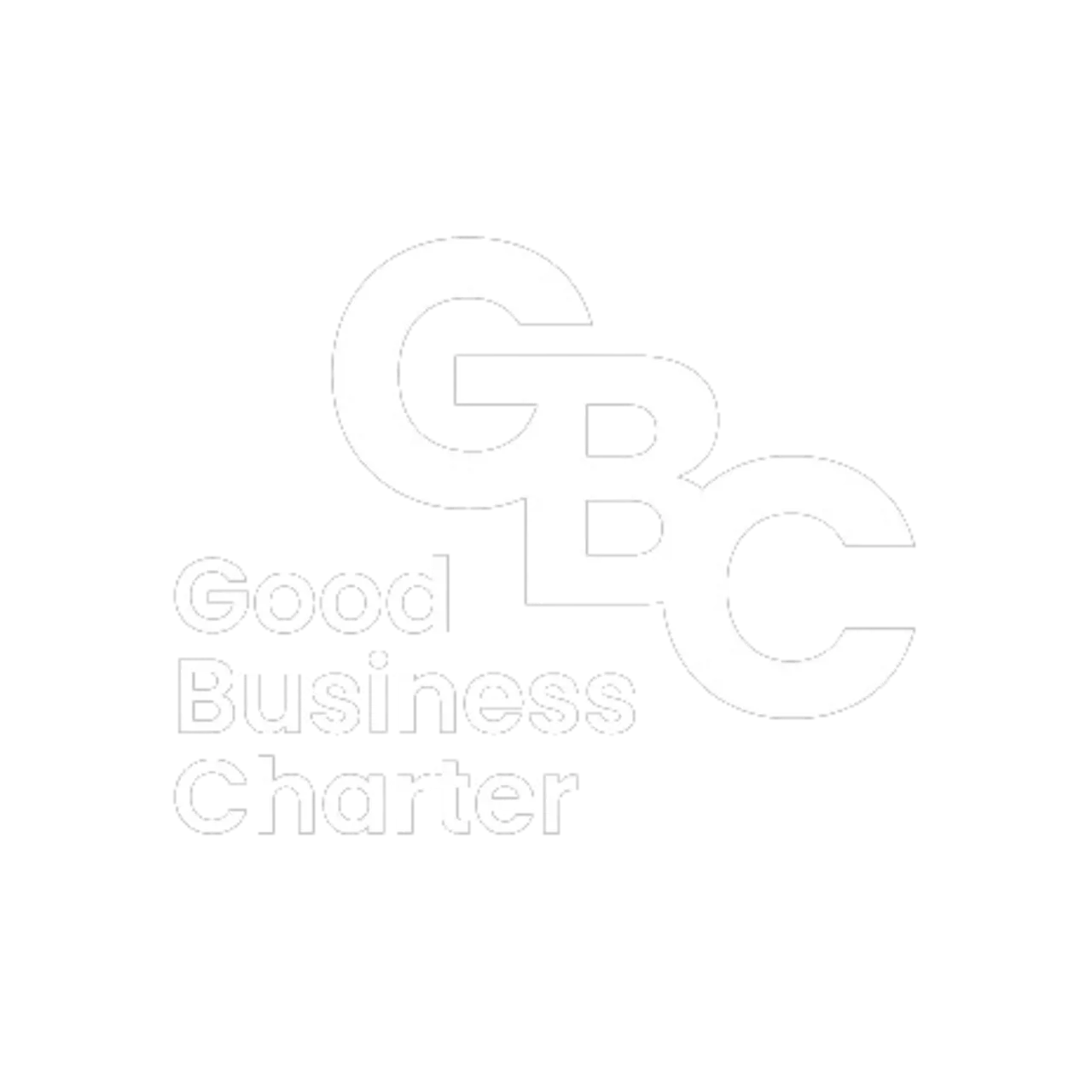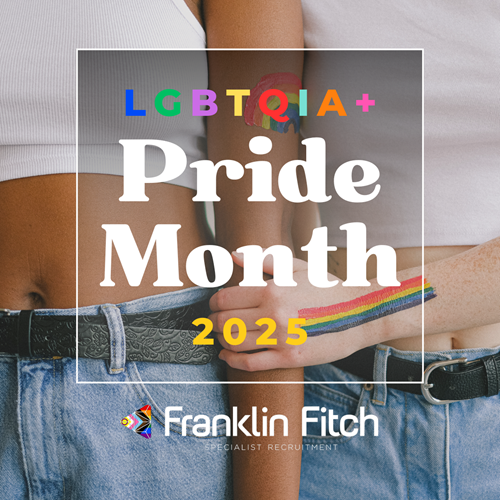
6 Tips To Create An LGBTQ+ Community-Friendly Hiring Process
19 Jan, 20235 minutesDespite substantial progress toward LGBTQ+ workplace inclusion over the years, the community...
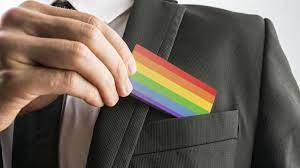
Despite substantial progress toward LGBTQ+ workplace inclusion over the years, the community’s self-reported experiences show that complete employment equality is still a distant dream.
It’s arguable that employees today feel more comfortable sharing their identities and pronouns at work. But it’s still quite dangerous for many. Some individuals still worry about being ostracised or marginalised. Employees might not want to be treated indifferently for things like, career development or promotional opportunities. Because of this, employees may refuse to disclose their labels to maintain their comfort level at work.
Today's leading corporations have invested in processes and initiatives to promote inclusive cultures for workers of all identities. Most businesses understand the value of recruiting a diverse staff. However, despite the efforts of these businesses, many employees continue to feel that they are unable to be fully present at work. As a company, you must actively support staff who come out and openly identify and encourage an equal, inclusive, and diverse workplace for all.
According to a 2018 survey from the HRC Foundation, nearly half of LGBTQ+ workers remain closeted at work, and 1 in 5 reports that they’ve received negative comments about how they should appear more feminine or masculine. A 2019 survey from Glassdoor found similar results – 43% of LGBTQ+ respondents reported not being fully out at work, and 47% of all LGBTQ+ respondents believe that being out at work could cause harm to their careers, including job loss or missing out on a promotion or project.
That same Glassdoor survey found that 70% of LGBTQ+ employees surveyed would not apply to work at a company that does not support its LGBTQ+ employees, and 46% of all respondents (including non-LGBTQ+) said the same. That means that crafting a hiring process through the lens of LGBTQ+ inclusivity is not only the right thing to do, but it’s essential for talent acquisition strategies.
When it comes to your recruitment process, it should host the ultimate sanctum of equality and fairness. And this goes for all protected characteristics, like gender, race, and sexual orientation.
Recognise that LGBTQ+ involves a wide range of backgrounds and populations
First, ensure that your company understands that the LGBTQ+ community is a diverse group. This group of people is diverse in terms of gender identity and sexual orientation across the board.
Utilizing the label "gay" or even "queer" exclusively could exclude individuals who are transgender, asexual, or intersex. Because your LGBTQ+ candidates will come from a variety of racial, ethnic, gender, and socioeconomic backgrounds, it's crucial to keep this in mind while developing your strategy and to draw inspiration from other elements of your D&I plan to strengthen the work you are doing with LGBTQ+ candidates.
Remove gendered language and coding from your career page and job descriptions in your application process
Making a false assumption when you first meet someone is one of the worst things you can do, and interviews are one of the worst places to do this! So, throughout your hiring process, be careful to utilise terminology that is gender-neutral.
When speaking with candidates face-to-face during your interview meetings, you should utilise gender-neutral terminology. It ought to be extended to textual materials including job postings, application forms, and other hiring requirements.
When creating your job descriptions and recruitment marketing materials, avoid utilising gendered language or images, either directly or implicitly. Enforcing conventional gender norms in the office, whether through a clothing code, employee photographs, or wording, may reflect a company that is inflexible and intolerant of all forms of gender expression. It is simple to use gender-neutral language like "team members" rather than "men and women at our organisation," but you can also use free tools like this one to examine your job descriptions for implicitly gender-coded language.
Provide training of LGBTQIA+ awareness
All businesses need to have standard knowledge, understanding, and acceptance for LGBTQIA+. One of the simplest ways to do this is to provide awareness training. It's crucial that employees' differences are valued and that they aren't solely characterised by their identities.
During interviews, avoid asking people about what their ‘labels’ are and why they identify in said ways. But on the same note, employees should also not be asked to hide their identities, either.
Through awareness training, these types of situations should be sufficiently manageable. Ensure that the training is offered to other staff and that all managers participate in it (through online or in-person sessions). Everyone will be aware of the proper language, limits, and behaviour in this way.
Create appropriate LGBTQIA+ policies
You will have rules and procedures in place as an employer that safeguard your employees' welfare, health, and safety. To do this, proper LGBTQIA+ policies must be developed.
You may choose to group your regulations under equality or anti-discrimination laws. Highlight how crucial it is to outlaw discrimination based on sexual orientation or gender identity. In addition to being reiterated in handbooks and contracts, this should be made explicit during interviews.
You could also elect to include these guidelines in your LGBTQIA+ policy. Keep in mind to be inclusive and refrain from excluding certain groups. Use the abbreviation; that is why it was created.
Take part in LGBTQIA+ charity events and causes
While it's great to see postings about inclusivity, it's critical to remember the past.
People underwent traumatic, challenging experiences that made it possible for us to celebrate openly today. It is crucial to give back by supporting LGBTQIA+ charitable initiatives and events.
You can accomplish this by taking part in fundraising campaigns, local celebrations, or (if you're feeling very courageous) by planning your own event. Participating is a fantastic way to increase your brand's recognition in the LGBTQIA+ community. Therefore, it fosters respect and reduces turnover when candidates perceive your company’s principles in this way.
Make the workplace safe for LGBTQ+ employees
Promoting diversity, equality, and coherence for LGBTQIA+ employees in the workplace is crucial. Everyone can then stand as recognised and valued employees in a workplace. It is crucial to take into account candidates who identify as LGBTQ+ and their safety at work. Studies show that 20% of LGBTQ+ workers have encountered hostility at work. Additionally, we have the ability as corporations to influence societal changes and attitudes. Therefore, it is crucial to take decisive action to stop discrimination in the workplace.
Highlight your organization's LGBTQ+-inclusive policies and benefits, demonstrate how you work with groups that are concerned with LGTBQ+ problems, describe your employee resource groups, and encourage team members who identify as LGBTQ+ to share their personal experiences with others.
Individual team members can show their commitment to diversity on a smaller scale by simply using pronouns in email signatures.
It takes more than just putting a rainbow image on your company's LinkedIn page to make your recruitment and hiring process more welcoming of LGBTQ people. Making strides toward greater diversity and inclusion at work is the first step in taking concrete action, which will unavoidably improve your capacity to engage with other communities and recruit more candidates from diverse backgrounds.
Need some extra help appealing to more diverse candidates and understanding how to ensure your hiring procedure doesn't exclude LGBTQ+ applicants by making it LGBTQIA+-friendly: and employer branding? We’ve got you covered! Get in touch with us today by clicking here or alternatively look at our Inclusivity Infrastructure to see what we are doing within our own company to encourage diversity and inclusivity in the IT Infrastructure and recruitment industry by clicking here.


